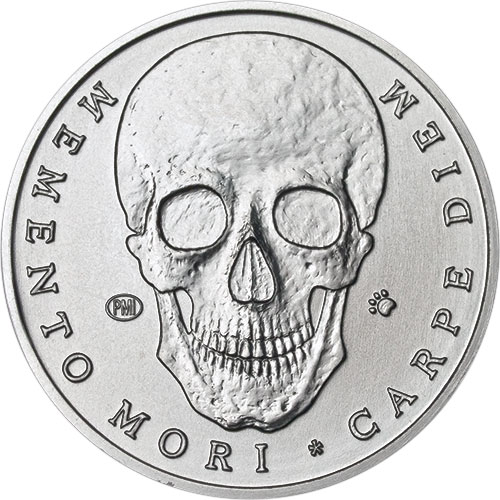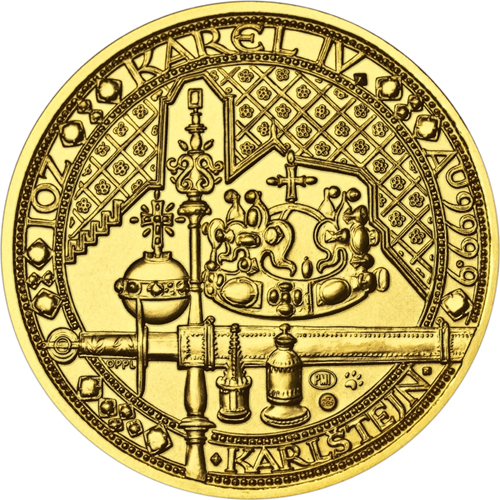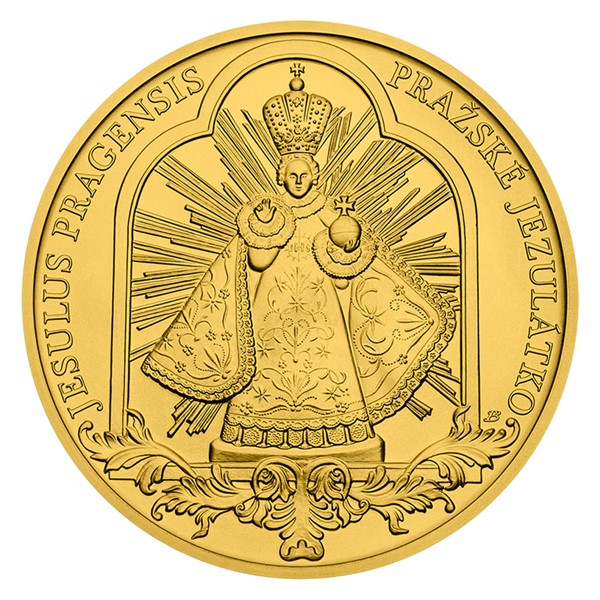Good Ideas On Scanning Czechoslovakia Medals
Wiki Article
How And Why Is The Model Of A Plaster Scanned In Order To Create A 3d Digital Model For Gold Coins Or Medals?
This process uses specialized equipment to digitize the maquette and capture its dimensions. This digital replica is utilized in various ways during the production.
3D Scanning 3D scanners with high-resolution are used to capture all the details and dimensions of the model. These scanners utilize various methods such as laser scanning and structured light to record precise dimensions and geometrical shapes.
The scanner emits beams of lasers or light to the model's surface. The reflections or distortions caused by these beams can be recorded by the scanner, which records the model's surface details.
Data collection- The scanner captures data while it moves across the plaster model. This creates a digital representation that includes the contours of the model, its geometry and more.
Conversion into a 3D Model. The collected data is processed by specialized software that converts it to an electronic 3D model. This model reproduces the physical properties and measurements of a maquette made of plaster.
Motives to Create an Digital 3D Model
Digital 3D models are able to reproduce the exact dimensions and details of a physical model. It is essential to maintain this level of accuracy to make sure that the design and style of the gold medal or coin is in line with the original.
Digital models are able to be easily adjustment or reworking. Designers can make adjustments to the 3D model without changing the original plaster maquette permitting iterative improvement or corrections.
Compatibility with Manufacturing Processes: Digital 3D models can be utilized with different manufacturing methods, such as 3D printing and CNC machining. This allows for the rapid creation of molds and dies.
Digital 3D Models serve as a reference for the design. Digitally stored 3D models may be used for future reference, reproduction or historical documentation.
By scanning the model and then creating an electronic 3D model designers and manufacturers can speed up the process of production, ensure accuracy in replication and utilize advanced manufacturing techniques to create gold coins and medals with a high degree of precision and fidelity to the original design. Have a look at the recommended Scanning and 3D Modeling Prague Mint gold medals website tips. including gold coins and bullion, gold bullion price today, buy gold bullion, buy gold bars from bank, valuable gold dollar coins, gold buffalo, gold and silver dealers, gold price apmex, angel coin, olympic gold medal and more.

What Is The Procedure Of Laser Technology To Improve The Surface Or Master Hub Of Gold Coins, Dies Or Medals?
To improve accuracy and precision laser technology is utilized in the production process of master hubs or dies to make gold medals or coins. This is how laser technology helps refine the surface of this method.
After initial machining, the surface of a die, or master hub is polished with laser technology. It helps in smoothening out any imperfections, eliminating burrs, or correcting tiny imperfections on the surface.
Detail Enhancement-
Laser ablation and engraving techniques can be utilized to improve or enhance the intricate details of the master hub or die. Lasers permit precise etching or removal of material, allowing the creation of delicate lines, textures, or complex patterns.
Microstructuring-
Laser microstructuring is the process of creating of tiny patterns or textures on the die's surface. This technique can be used to create specific patterns or textures that enhance the visual appeal or security characteristics of medals or coins.
Surface Hardening or Treatment
In some cases laser technology can be used for the treatment or hardening of the surface of dies and master hubs. This improves the surface's durability and wear resistance, which ensures that the die or master hub can last a longer time.
Precision Alterations
Laser technology allows for precise alterations and corrections of the die or the master hub without impacting the overall geometry. The surface can be modified to correct any flaws or irregularities that could affect the quality of the coins or medals that are struck.
Controlled Material Removal
Laser ablation is a method of removing materials in controlled ways, especially when fine adjustments or details are needed. It provides a method of removal of material that is not contact and thus preserves the integrity and quality of the area.
The use of laser technology to refine the surface and improving the details of dies or master hubs provides a greater degree of accuracy, finer details, and improved surface quality. This technology complements traditional machining methods, allowing precise manipulation and improvements in the characteristics of the surface of the dies that are essential for creating high-quality gold coins or awards. View the best laser processing Czechoslovakia gold medals blog recommendations. including gold dollar, 1 oz gold coin price today, cost of silver coin, old silver dollars, 1oz gold, gold silver shops near me, ancient coin, 10 dollar gold coin, gold coins coin, gold price jm bullion and more.

In What Ways Do Gold Coins And Medals Go Through Coating Processes To Shield The Metal?
Here are a few of the various coating methods used. These are the various kinds of coatings available.
Clear protective coating (Varies) A clear protective layer, like a polymer or lacquer is used to protect the coin or medal's surface from oxidation or tarnishing. This coating helps preserve the coin's or medal's original appearance and safeguards the metal underneath.
Improvement of Appearance
Gilding or Gold plating - A thin layer of gold can be applied to gold medals or coins. The coin or medal will appear more luxurious and attractive.
Aesthetic Effects
Patina and antique finishes Special coatings can be used to produce an antique or patina appearance. This process gives depth and character to the design by giving it an aged and oxidized look.
Colorization or Coloring- In some cases, specific portions of the medal or coin are colored using special coatings or enamels to highlight design elements, create contrast or create visual interest.
Anti-Tarnish Coatings-
Anti-Tarnish Solutions and Coatings - to medals or coins with intricate design or areas susceptible of tarnishing anti-tarnish coats or solutions may be applied. These coatings prevent oxidation or discoloration of metal surfaces as time passes.
Specialized Coatings for Security or Authentication-
UV-Reactive Coatings and luminescent Coatings Some coins and medals have coatings which are UV reactive, which reveal encrypted elements or hidden components for security reasons or authentication.
Selective Coatings for Contrast
Selective Coating Removal - In certain instances coatings are removed selectively from certain parts of the medal or coin to make a contrast between coated and polished surfaces, which emphasizes features of the design.
Each procedure has a particular objective, like to improve the appearance and appearance of the metal, provide security, or produce certain aesthetic effects. These coatings have an enormous impact on the appearance and longevity of gold-plated coins and medals, increasing their value. Check out the best coating Prague Mint gold coins website recommendations. including purchase gold coins, $20 gold coin, george washington gold dollar coin, gold 1 dollar coin, saint gaudens double eagle, gold coins for sell, old coins, american gold eagle, gold bullion gold, gold eagle and more.

How Does Gold Get Through The Coin Presses, And Then Stamped Under High Pressure While Minting?
In the process of coining the gold blanks are loaded into coin presses at extreme pressure. They are then stamped to produce finished medals or coins. Here is an outline of how to load blanks.
Loading gold-plated blanks into a feeder that is connected to the coin press takes place after they've been prepared, inspected and evaluated. This feeder system is accountable for maintaining a continuous flow of blanks to the coin press.
Feeding Blanks into the Press
The feeder system introduces blanks into the striking chamber inside the coin press one at a. The feeder system guarantees that each blank is placed precisely for stamping.
Alignment and Positioning
The blanks inside the press chamber are placed, aligned and perfectly oriented to ensure that they are stamped.
Striking in High Pressure
The coin press presses the gold blanks with the highest pressure using two dies: one stationary and another moving. The stationary die is equipped with negative designs that are made on the coin, while the moving die is used to strike the blank.
Die dies hit the blank with lots of force, which transfers the design onto the surface. The force exerted by dies creates the design, creating the relief that is raised as well as specifics on the coin or medal.
Repeated Striking
Multi-strikes can be applied for higher-quality medals or coins for example, like proofs or collector's editions. This results in more precise and sharper appearance. Each strike improves the design of the blank's surface.
Ejection and Collection
The coins or medals will be ejected and placed in containers or trays after they have been struck. They are checked to ensure quality control and make sure that the designs are in line with all requirements and standards.
Post-Processing-
If the mint specifies it, they may also apply additional processes, such as edge lettering, reeding the edge, or post-strike treatment.
The high pressure of stamping imparts the desired designs onto gold blanks, changing into finished coins or medals that are ready for use in collections, circulation or even commemoration. This process demands precision, since any slight variation in alignment or pressure can impact the appearance and quality of the final product. Take a look at the top minting Czechoslovakia gold medals more tips. including 2000 gold dollar, 1933 double eagle, gold one dollar coin, 1 10 ounce gold coin, sell gold silver near me, gold bullion, gold medal gymnasts, 1999 gold quarter, small gold coins, saint gaudens gold coin and more.
